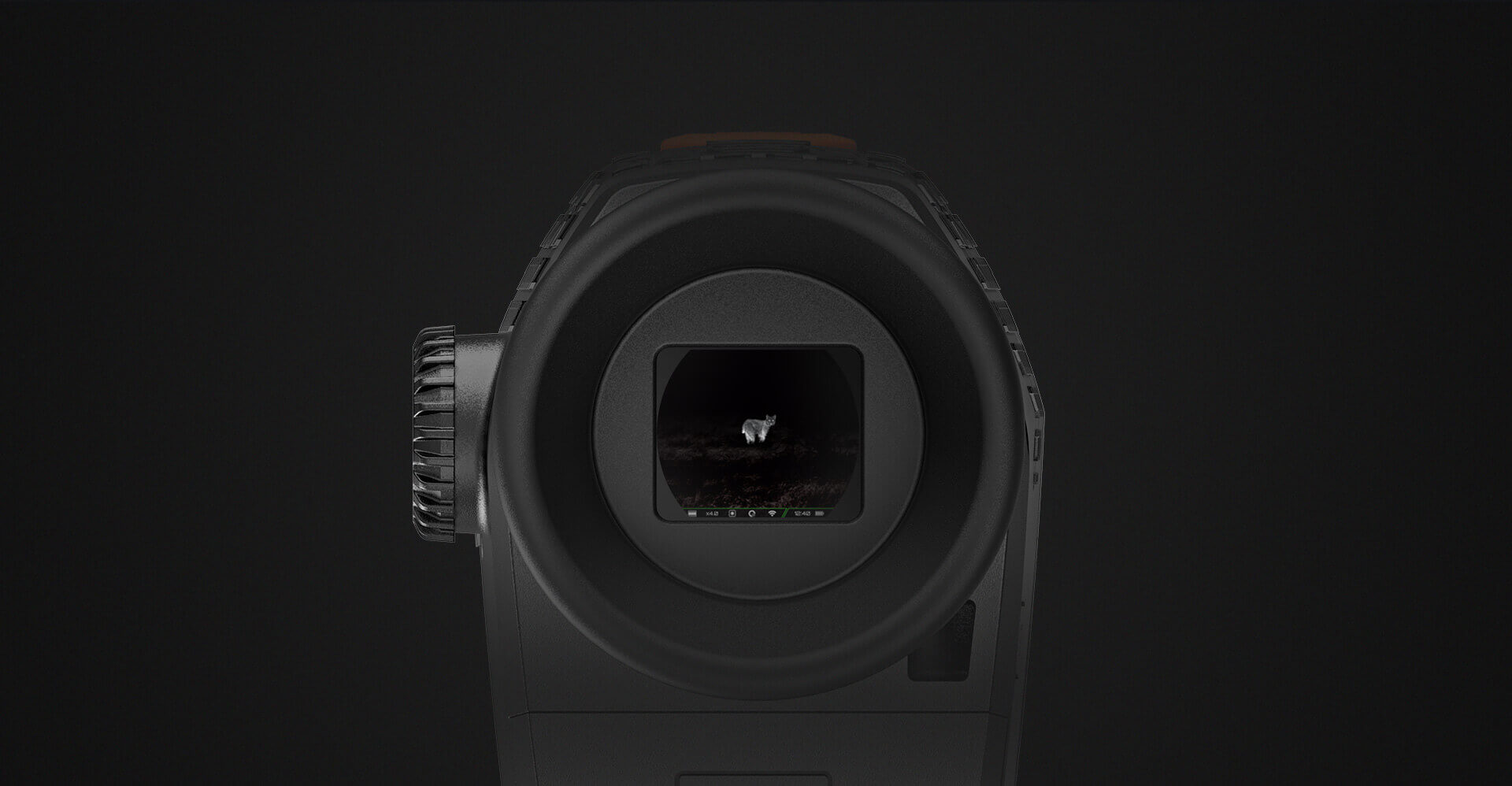Thermal monoculars have undergone significant advancements since their inception, transitioning from exclusive military tools to essential gear for outdoor enthusiasts. This article delves into the evolution of these remarkable devices, highlighting their features, benefits, and applications.

Understanding Thermal Monoculars
What exactly are thermal monoculars? These devices utilize infrared technology to detect heat emitted by objects, allowing users to see in complete darkness. Unlike traditional night vision devices, which amplify existing light, thermal monoculars provide a clear image based on temperature differences. This unique capability makes them invaluable for various applications, including wildlife observation, search and rescue operations, and security surveillance.
Key Features of Thermal Monoculars
- Heat Detection: Thermal monoculars excel at identifying warm objects against cooler backgrounds, making them ideal for spotting animals or intruders.
- Compact Design: Many models are lightweight and portable, allowing for easy transport during outdoor adventures.
- Durability: Built to withstand harsh conditions, thermal monoculars are often weather-resistant and rugged.
- Long Battery Life: Extended usage is possible due to efficient power management systems.
The Transition from Military to Civilian Use
Initially, thermal monoculars were primarily used by military personnel for reconnaissance and tactical operations. However, as technology advanced and production costs decreased, these devices became accessible to civilian users. Today, outdoor enthusiasts, hunters, and even homeowners utilize thermal monoculars for various purposes. This shift has broadened the market and led to the development of more user-friendly models.
Applications of Thermal Monoculars
How can thermal monoculars enhance your outdoor experience? Here are some common applications:
- Wildlife Observation: Spotting animals at night becomes effortless with thermal monoculars, allowing for a unique viewing experience.
- Hiking and Camping: Navigating through the wilderness at night is safer and more efficient with these devices.
- Search and Rescue: Thermal imaging is crucial in locating missing persons or assessing emergency situations.
- Home Security: Many homeowners use thermal monoculars to monitor their property after dark.
Choosing the Right Thermal Monocular
When selecting a thermal monocular, consider factors such as resolution, detection range, and battery life. Additionally, you may want to explore options that offer advanced features like image recording and Wi-Fi connectivity. For a comprehensive selection of pocket thermal imaging monoculars, visit  .
.
Conclusion
In conclusion, thermal monoculars have evolved significantly, becoming essential tools for both military and civilian applications. Their ability to detect heat and provide clear images in low-light conditions makes them invaluable for various outdoor activities. As technology continues to advance, we can expect even more innovative features and applications for thermal monoculars in the future.








